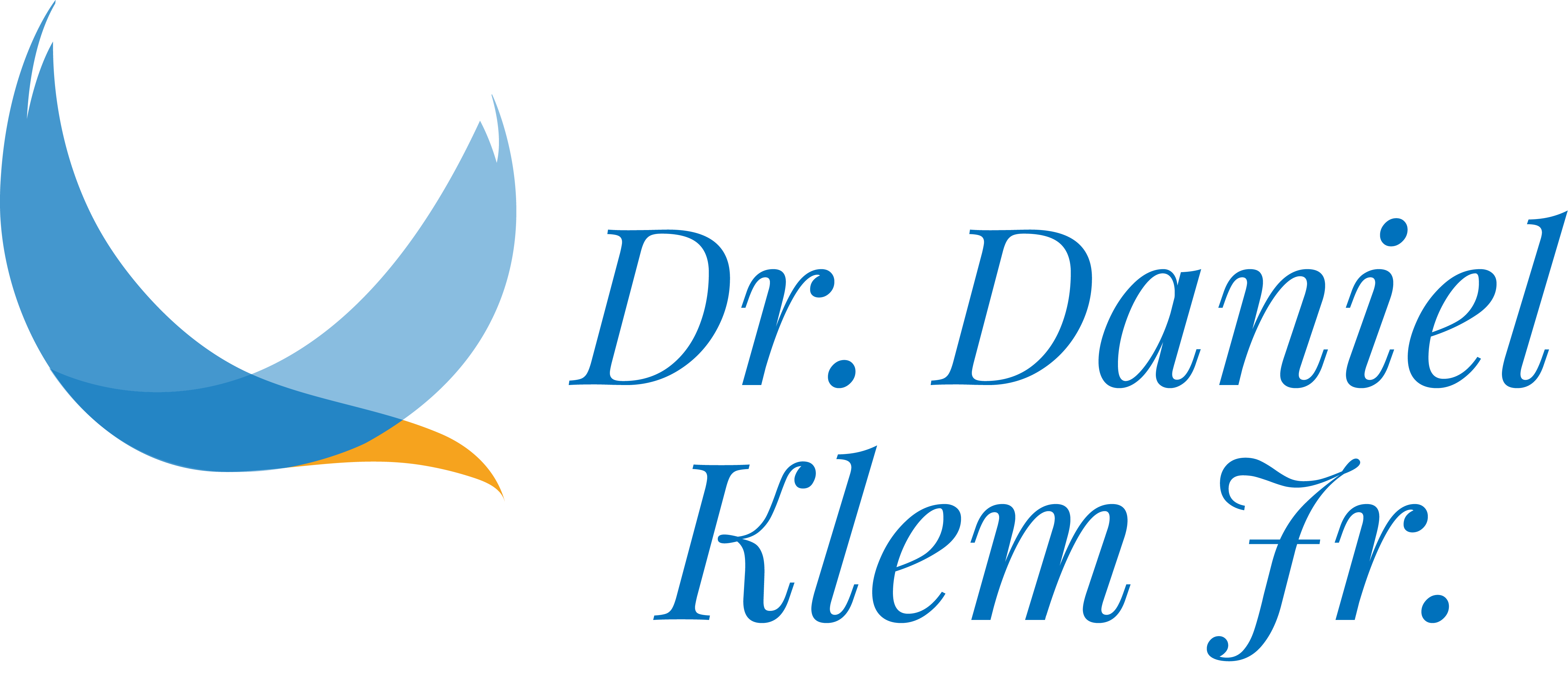Effects of Window Angling feeder Placement, and Scavengers on Avian Mortality at Plate Glass. Wilson Bulletin, 116(1), pp 69-73. Daniel Klem, Jr., David C. Keck, Karl L. Marty, Amy J. Miller Bell, Elizabeth E. Niciu, and Cory T. Platt, 2004
ABSTRACT— Extensive observations and experiments suggest that collisions with plate glass result in more avian mortalities than any other human-associated factor. We tested the effects of window angling and the distance of bird feeders from windows on bird-glass collisions. Strike frequency differed among windows oriented vertically (control) and those angled 20 and 40 degrees from vertical; as the angle of orientation increased, strikes and fatalities decreased. Strike frequency and fatalities at windows also increased as the distance between bird feeders and the glass surface increased. No fatalities were recorded when feeders were located within 1 m of a window, but a marked increase in mortality occurred when feeders were placed 5 and 10 m from the glass. Most glass-collision victims may go unnoticed, hidden by vegetation where they remain out of view or are removed by scavengers. We found that scavengers frequently removed baits from beneath windows at six buildings, but no baits were taken from a site without windows that served as a control. The importance of window strikes as an avian mortality factor, and the likelihood that it will increase over time, compel us to recommend a reevaluation of the Migratory Bird Treaty Act (MBTA). Angling panes in new and remodeled buildings and placing bird feeders closer to windows can potentially reduce avian mortality. Received 3 September 2003, accepted 6 April 2004.

